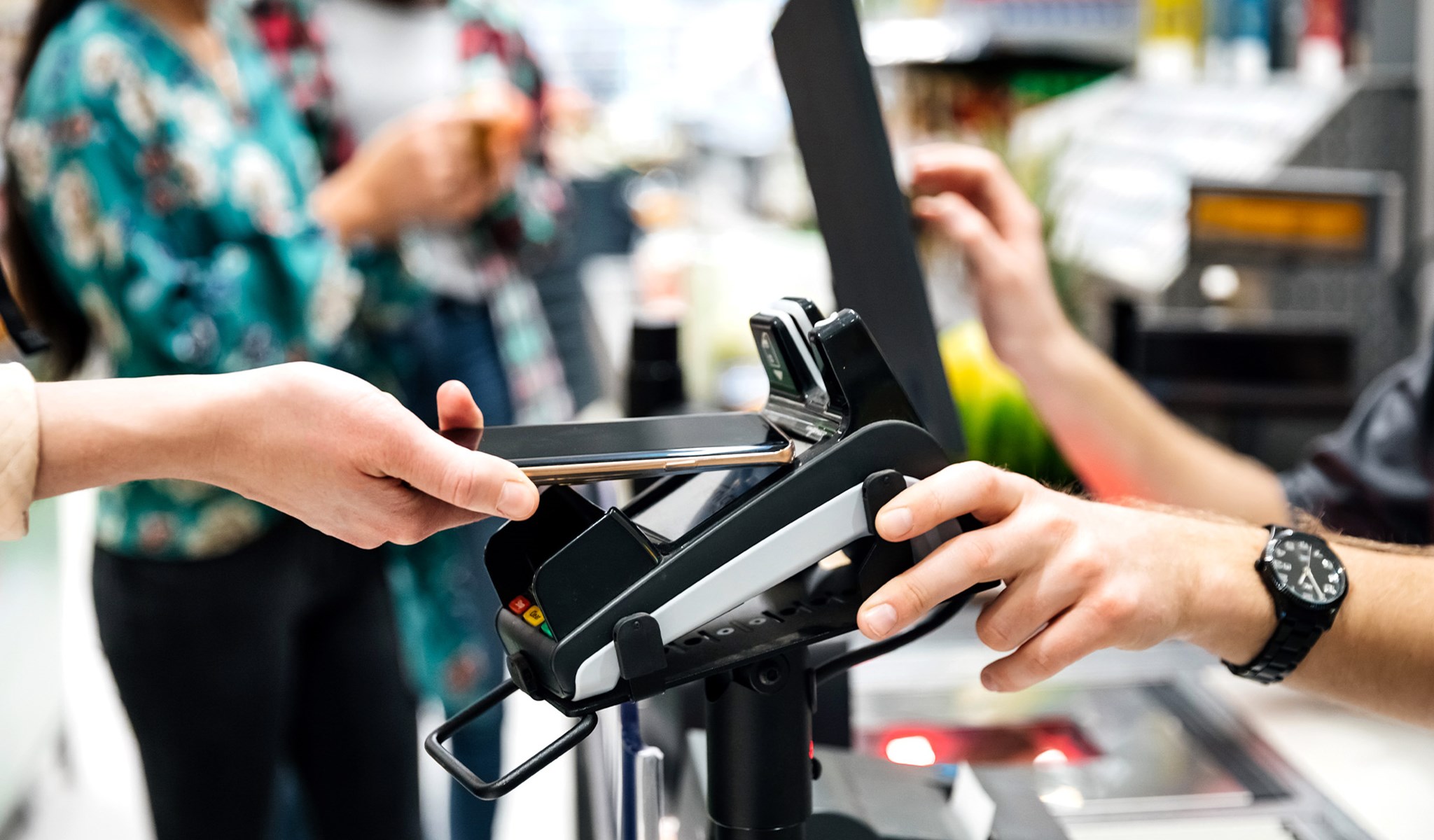August’s advance retail sales report came in well above expectations on the headline rate, rising by 0.6%, where a 0.1% increase was expected. Meanwhile, growth in the previous two months was revised downward. Sales excluding autos were strong, rising by 0.6%, and much higher than the expected 0.4% growth rate. Sales for the control group (the core input reading for the PCE component of GDP) rose by just 0.1%. Total sales are now 2.5% higher than a year ago, and when excluding autos, sales are 2.0% higher annually. Motor vehicle and parts sales increased by 0.3% from last month (unit volume sales, however, were 4.5% higher) and are now 4.4% higher annually. After inflation, total retail sales are roughly 1.2% lower on an annual basis and have been consistently negative since January.
The most meaningful measure of retail sales activity excludes gasoline and auto sales (to negate the volatile influences of gasoline prices and auto financing incentives). Sales at gasoline stations were up 5.2% but are now 10.3% lower annually. Sales more generally were modestly higher. For example, sales at clothing and accessories stores rose by 0.9%, and electronics and appliance stores by 0.7%. However, there was some weakness among the sporting goods and hobby retailers (-1.6%), miscellaneous stores (-1.3%), and furniture and home furnishing stores (-1.0%).
Once again, this month’s increase in retail sales does not look like the last gasp of a consumer that is struggling on the ropes, being pummeled by higher interest rates and weak confidence. Rather, it shows a consumer that is still hanging in there, with low unemployment and steady income, excess savings, and confidence that seems to be recovering as the economy continues to defy recession predictions. Is this likely to continue? We believe that the soft-landing scenario is still an optimistic one given that excess savings are still swiftly being run down, interest rates on credit cards are now at a staggering 21%, banks are increasingly unwilling to make consumer loans, energy costs have once again jumped, and those with student loan debt will have to resume payments come October—all of which should represent a significant drag on growth. Whether that ultimately turns into a recession will depend on the extent to which corporate profit margins are squeezed, and companies are forced to decide whether they can continue to hoard labor. From the Fed’s perspective, this data still looks strong and will likely keep Chair Jerome Powell tilted toward a more hawkish stance at next week’s meeting.



